Cultural Competence in Nursing: The Campinha-Bacote Model
VerifiedAdded on 2023/01/04
|12
|895
|60
Presentation
AI Summary
This presentation delves into the critical concept of cultural competence within the nursing profession, emphasizing its importance in contemporary healthcare. It defines cultural competence as the ability to provide care that respects and considers patients' diverse cultural backgrounds, beliefs, and values, and highlights the potential negative consequences of cultural insensitivity. The presentation focuses on the Campinha-Bacote model of cultural competence, which comprises five key constructs: cultural awareness, knowledge, skill, encounters, and desire. Each construct is thoroughly examined, detailing how nurses can develop and apply them in practice to provide culturally responsive care. The presentation underscores the interdependent nature of these constructs, emphasizing their cumulative effect on improving patient outcomes and fostering effective nurse-patient relationships. The presentation concludes by reinforcing the need for nurses to continuously work on these constructs to enhance their cultural competence and provide culturally competent care in an ever-changing healthcare environment.
1 out of 12
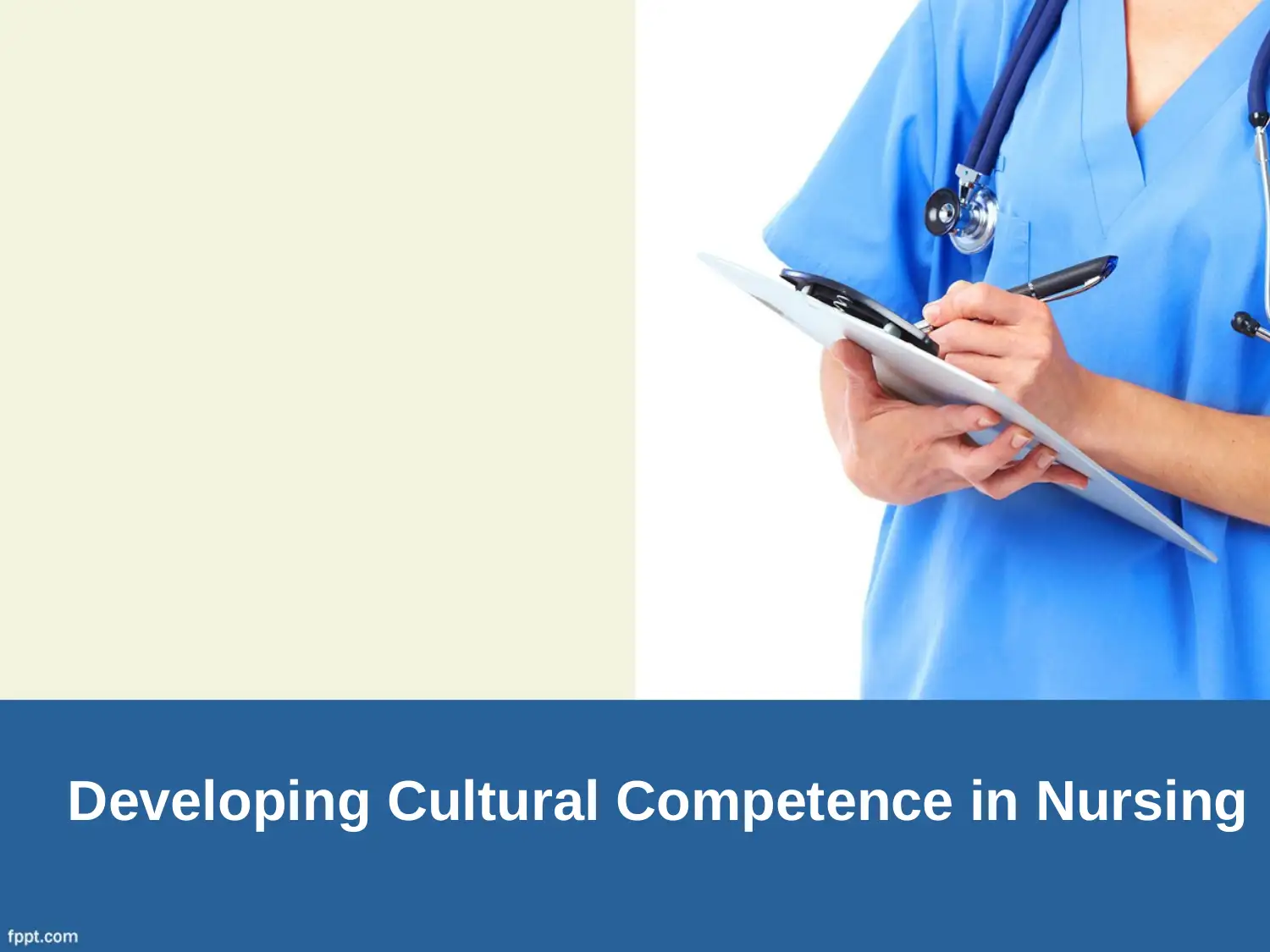
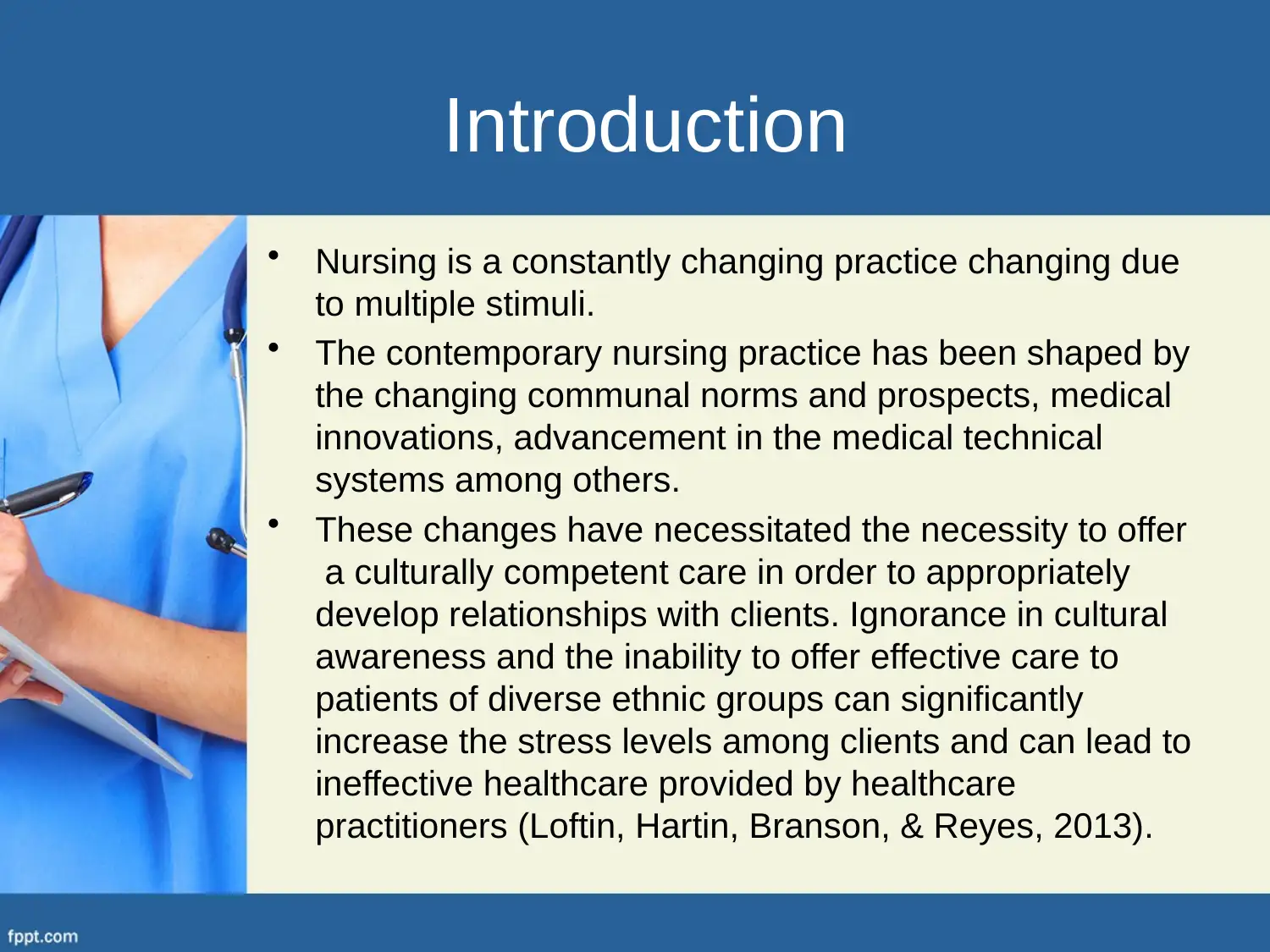
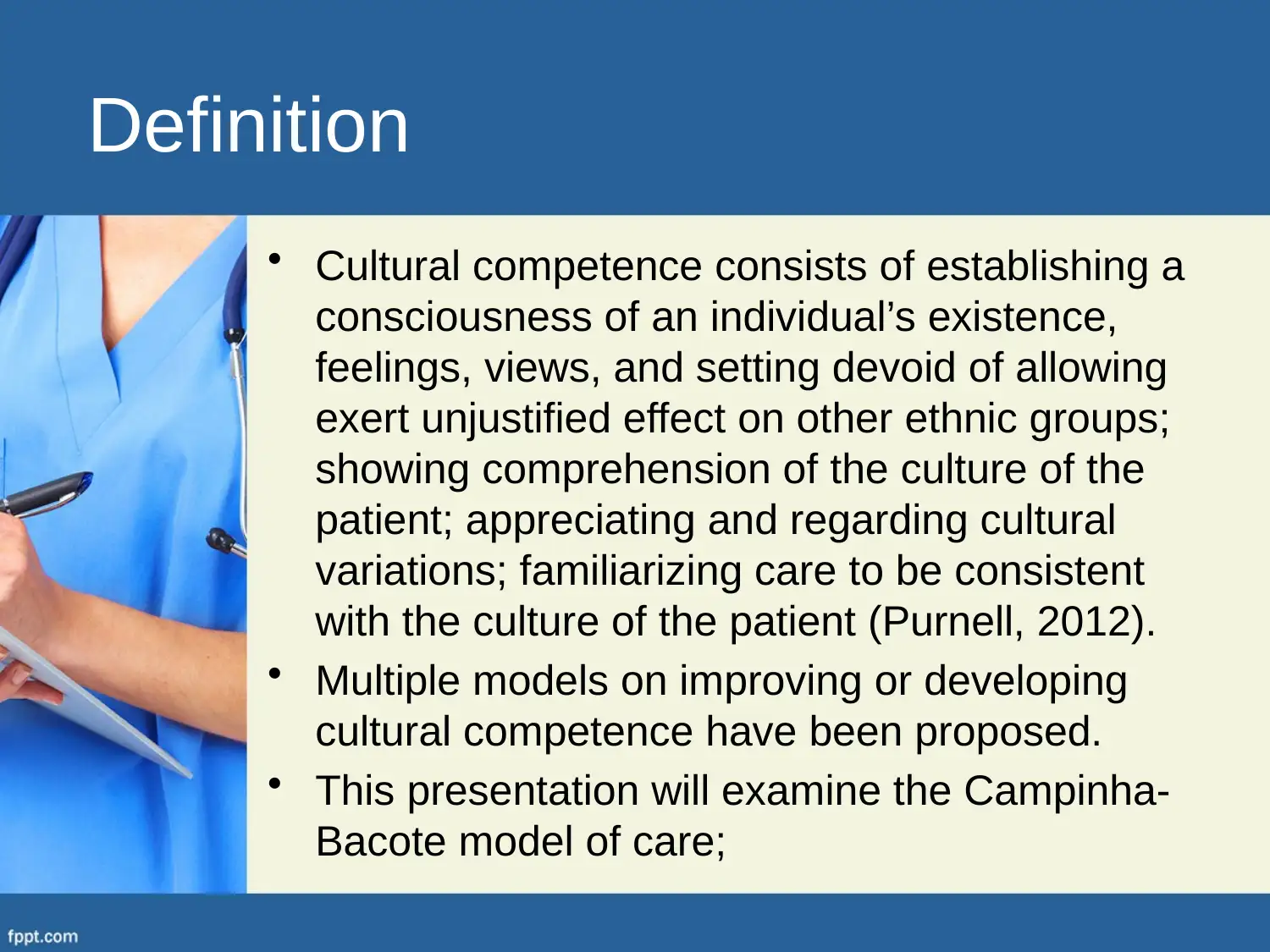

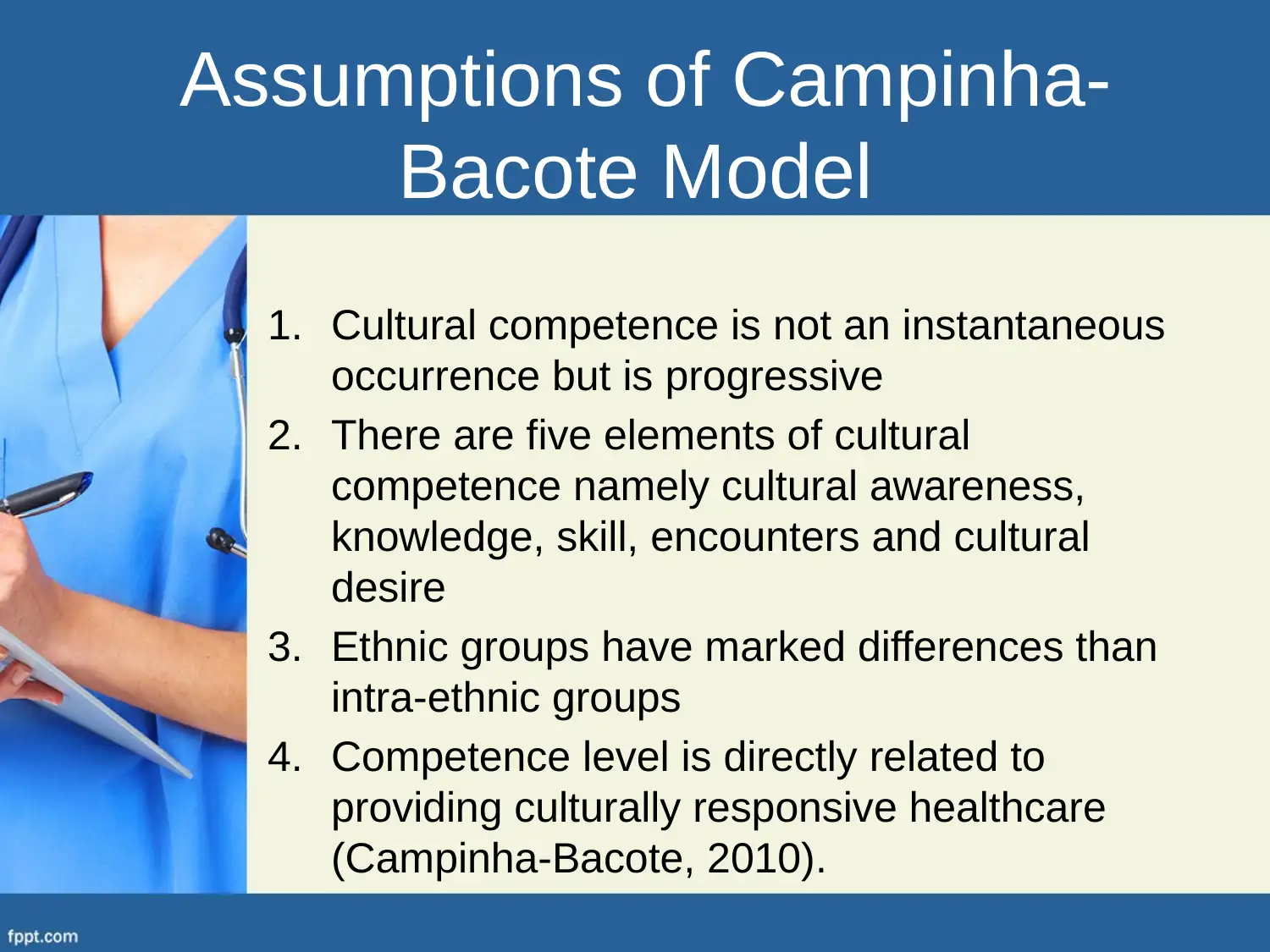
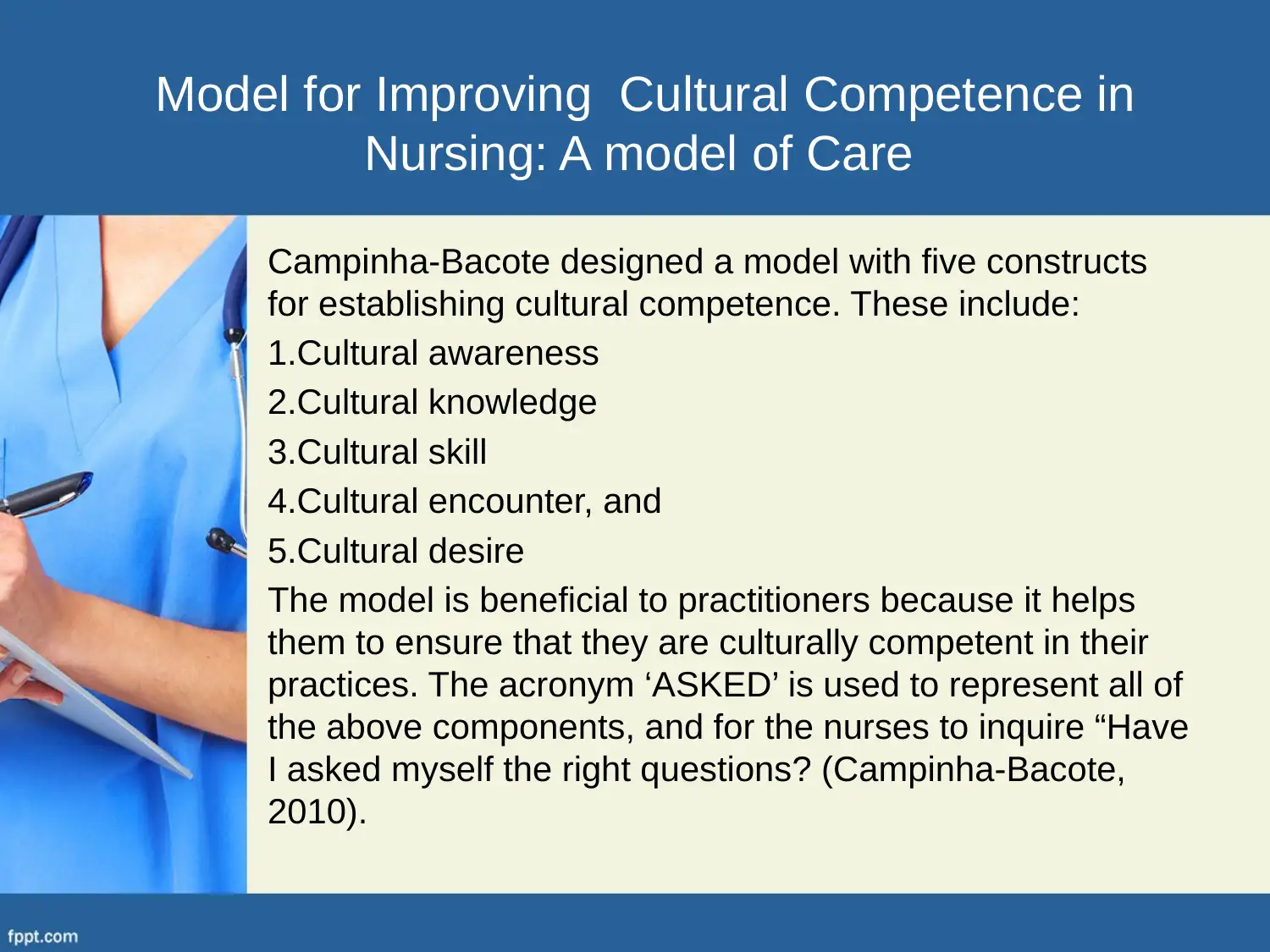
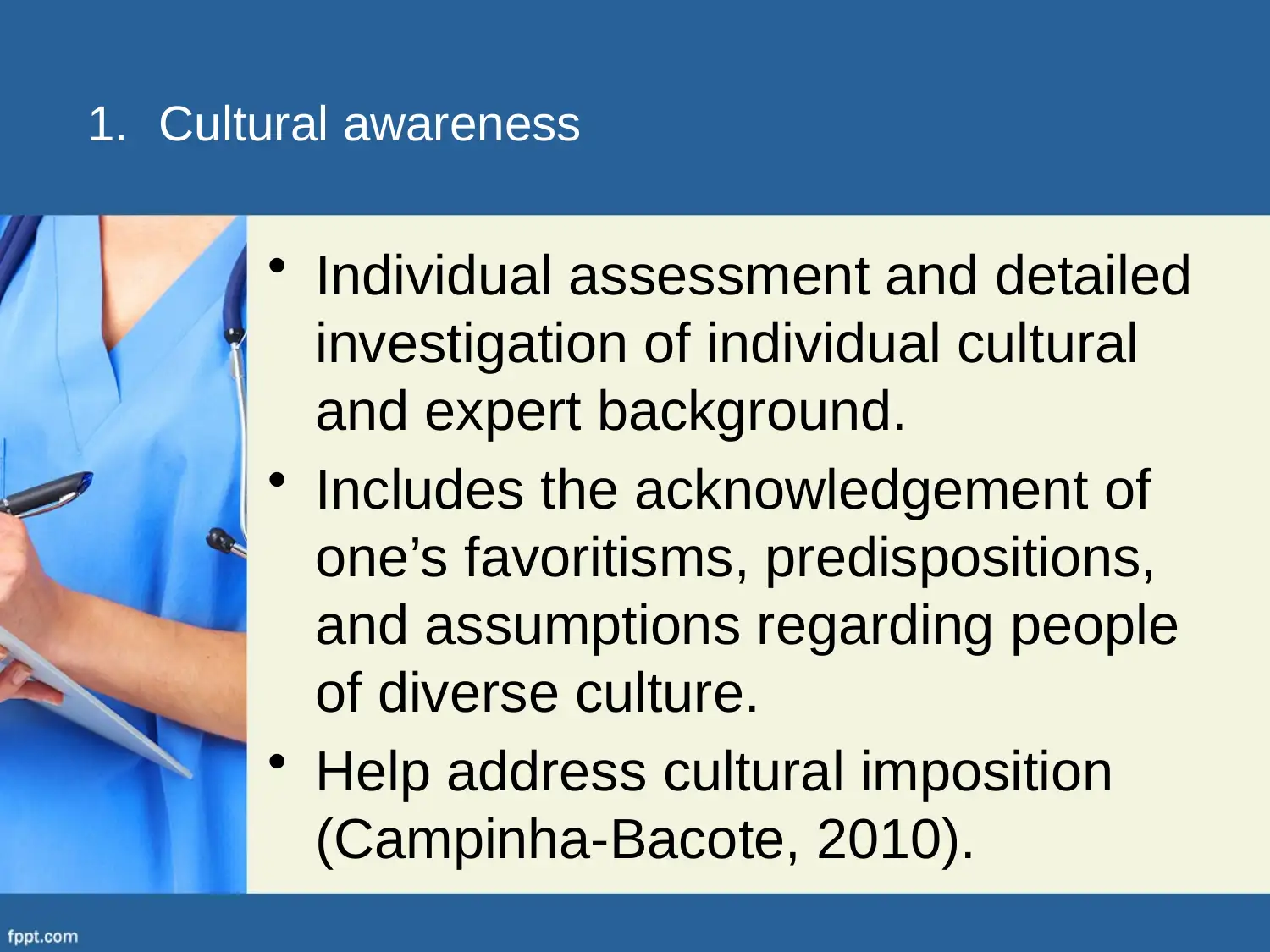
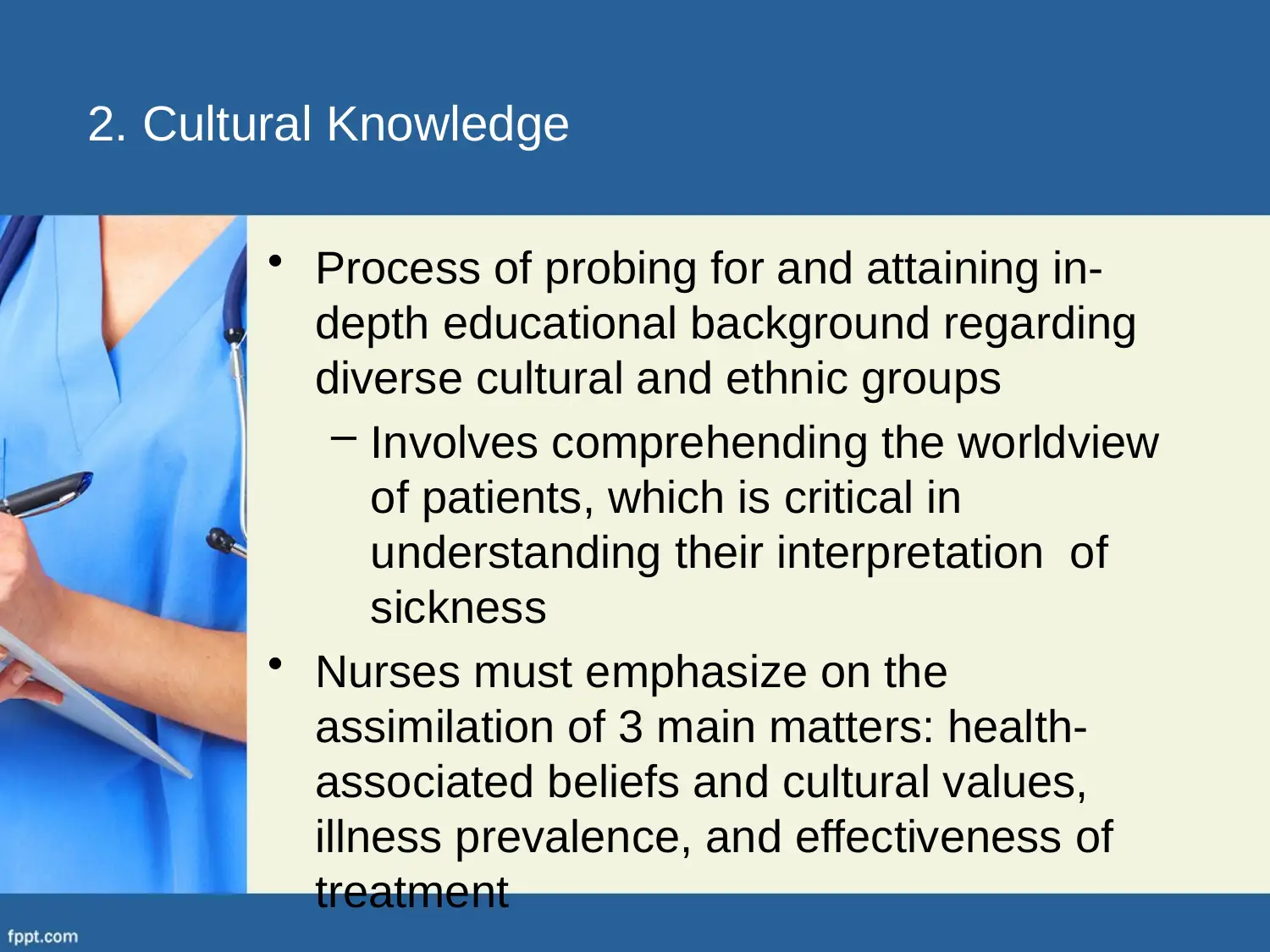
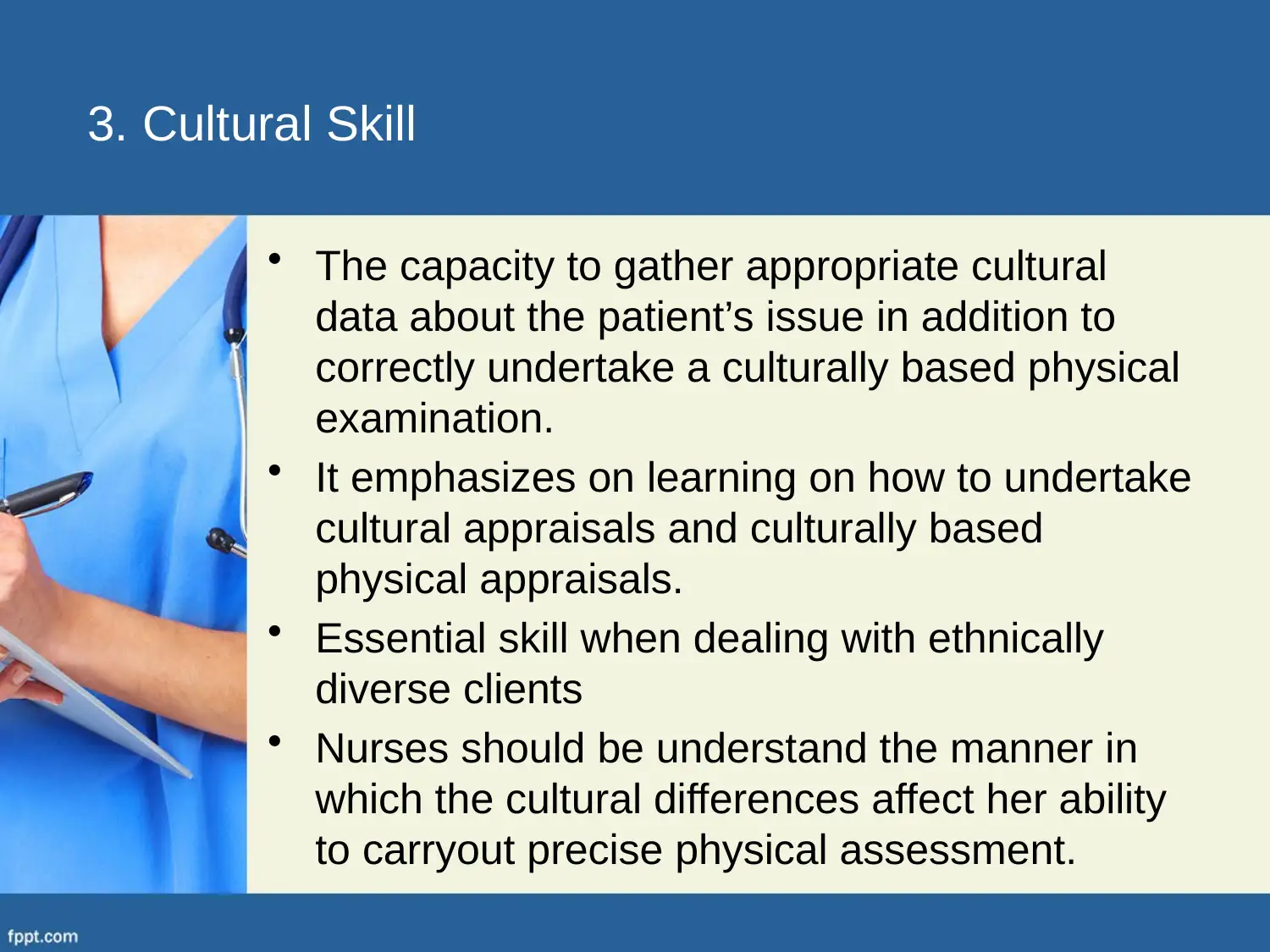
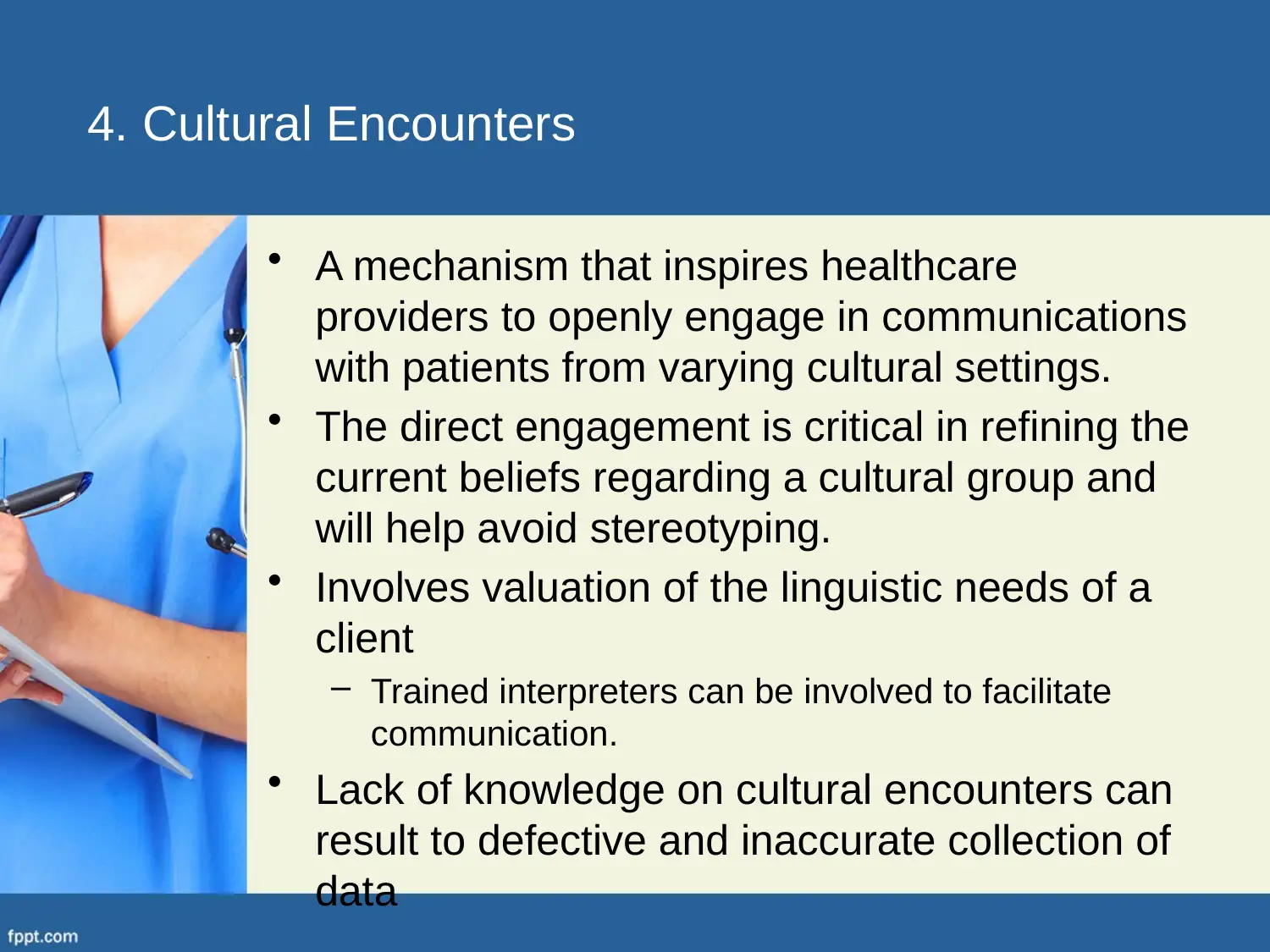
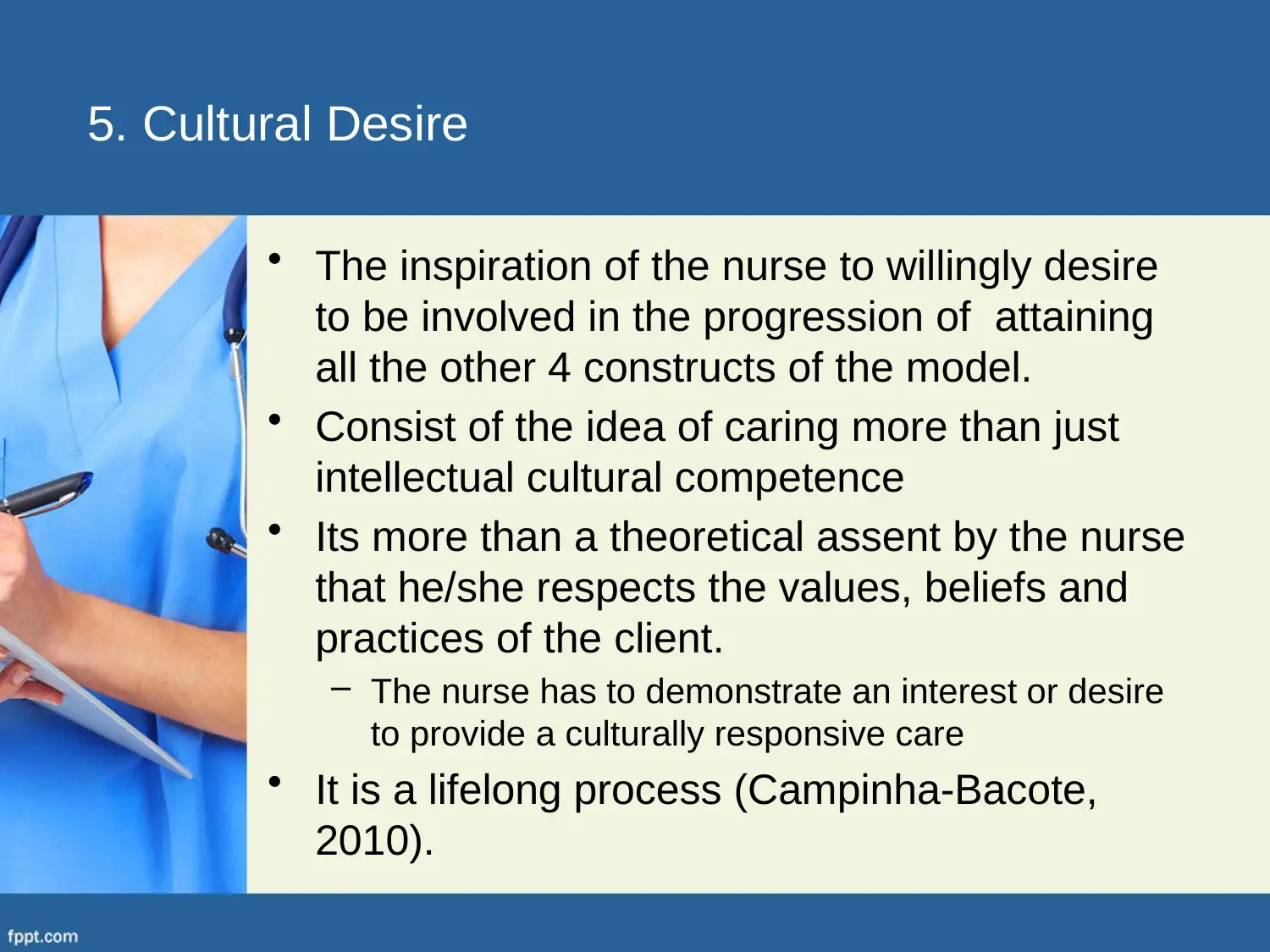
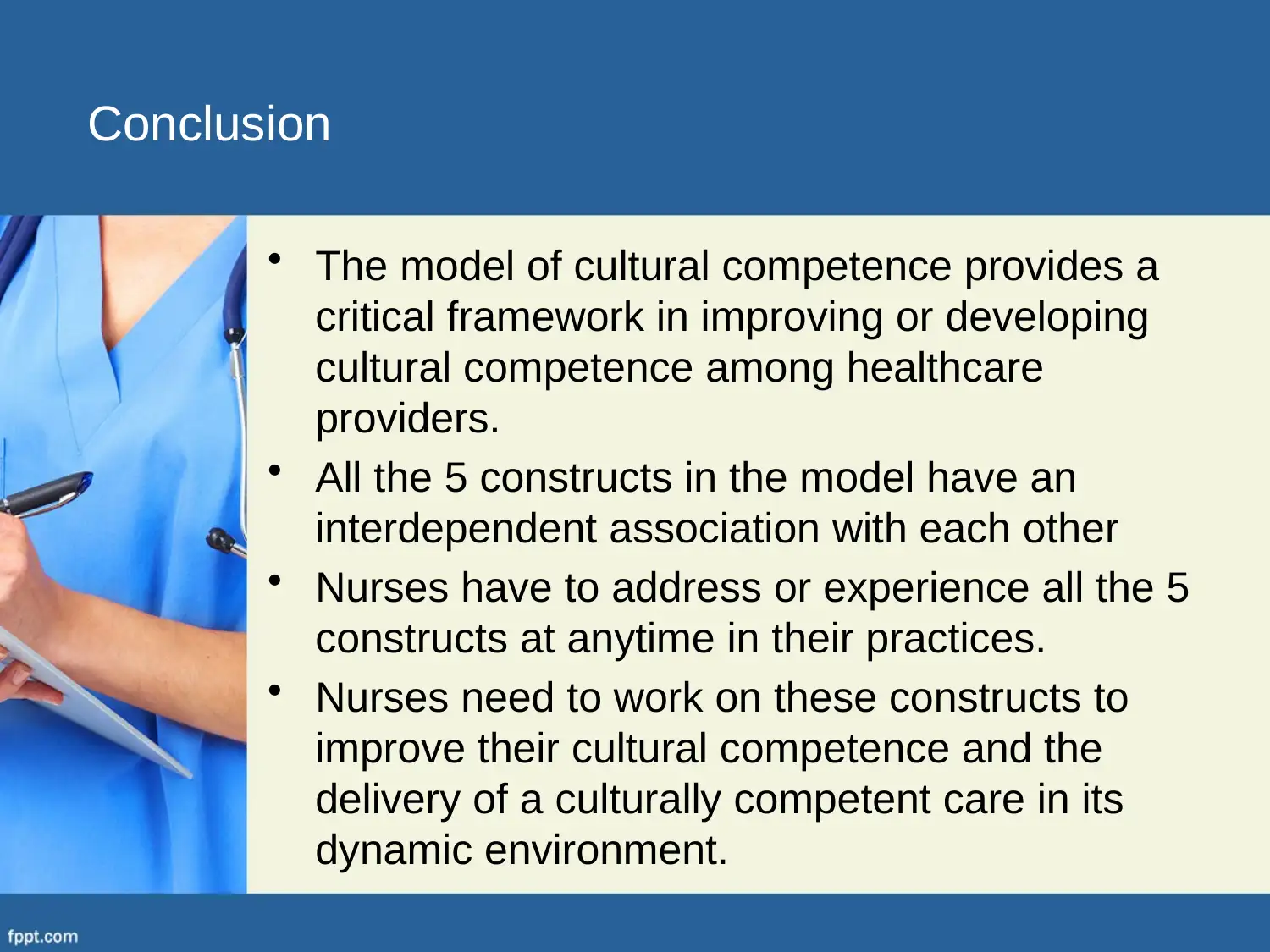
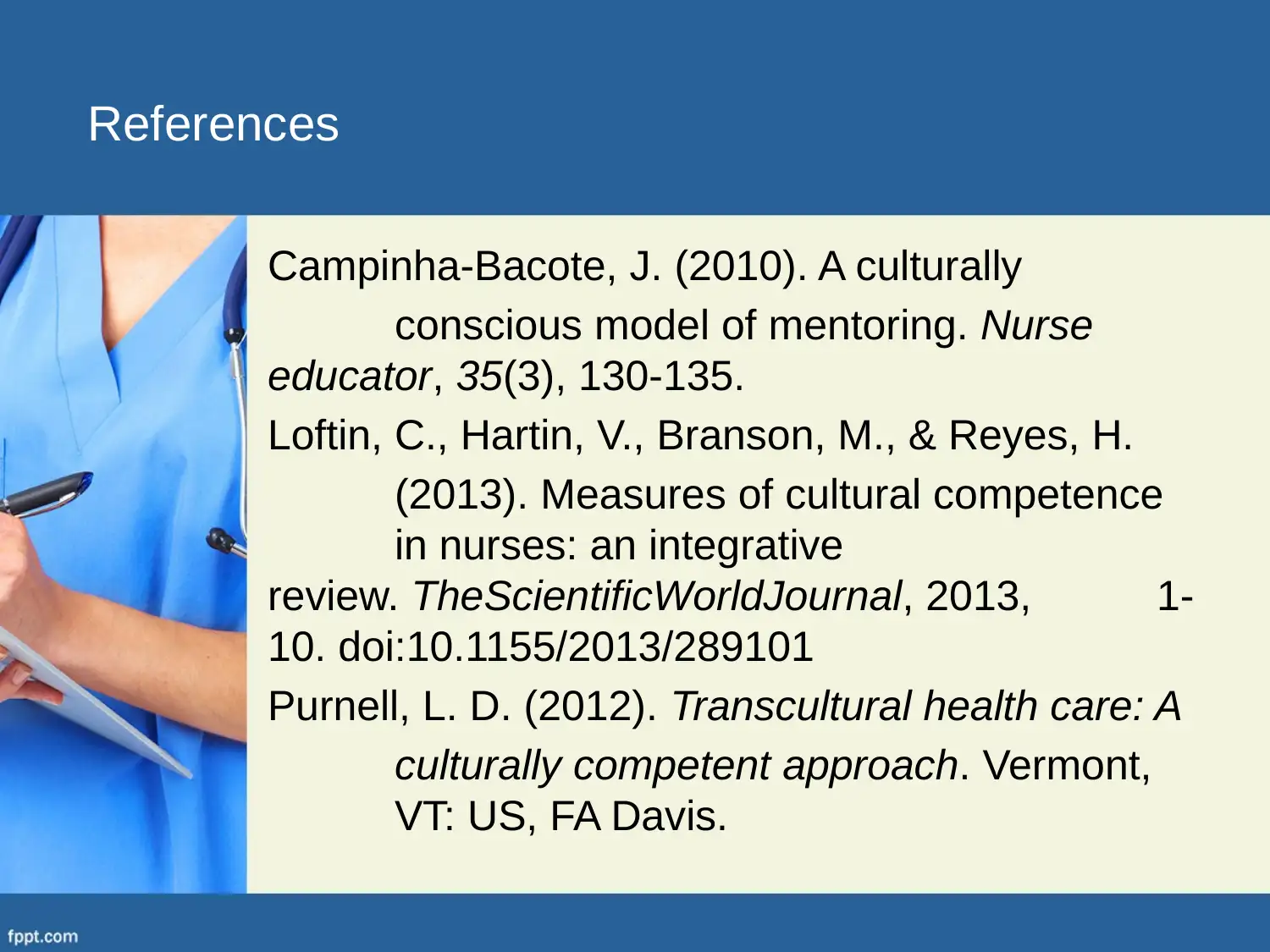






![[object Object]](/_next/static/media/star-bottom.7253800d.svg)